Welcome to the second part of this journey into the frosty realms of food preservation! In this blog post, I look further at the fascinating world of freezing as a method for keeping your fresh produce and preserves, flavourful, and safe for longer periods.
From the vibrant colours of summer fruits to the easy convenience of pesto, this blog delves into which foods embrace the chill with grace, retaining their taste and texture even after a long winter’s nap. On the flip side, we’ll also discuss those foods that are less receptive to the cold touch, losing their charm when subjected to freezing temperatures.
CLICK HERE FOR Freezing for Preserving Part 1: Why/What/How
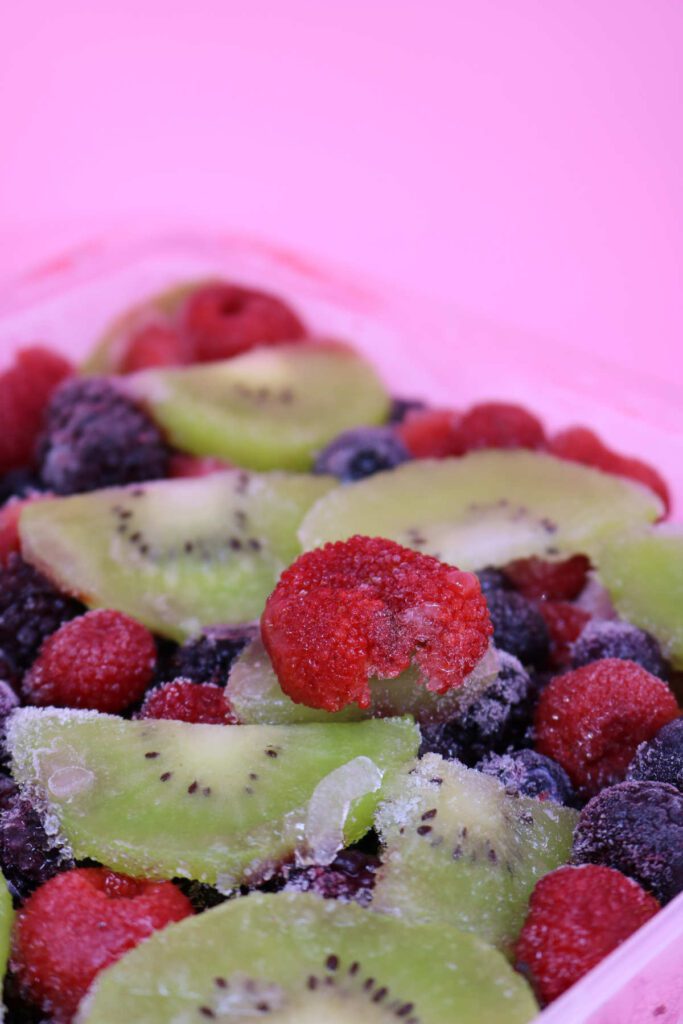
So, whether you’re a busy professional looking for ways to meal prep, a food enthusiast wanting to extend the shelf life of seasonal produce, or someone simply curious about the science of food preservation, this blog post is your guide to navigating the icy landscape of the freezer. Buckle up and prepare for a frosty adventure into the world of freezing foods!
4 Tips for Effective Freezing
Now that you understand the basics of freezing and the ideal freezer temperature, here are a few tips to help you preserve your foods effectively:
1. Package foods well
Use freezer-safe bags or freezer-safe containers to protect your food from exposure to air, which can lead to freezer burn.
2. Portion
Freeze foods in portion sizes that are most convenient for you and your family’s needs. This way, you only need to thaw what you’ll use, reducing waste and maintaining the quality of the remaining frozen food.
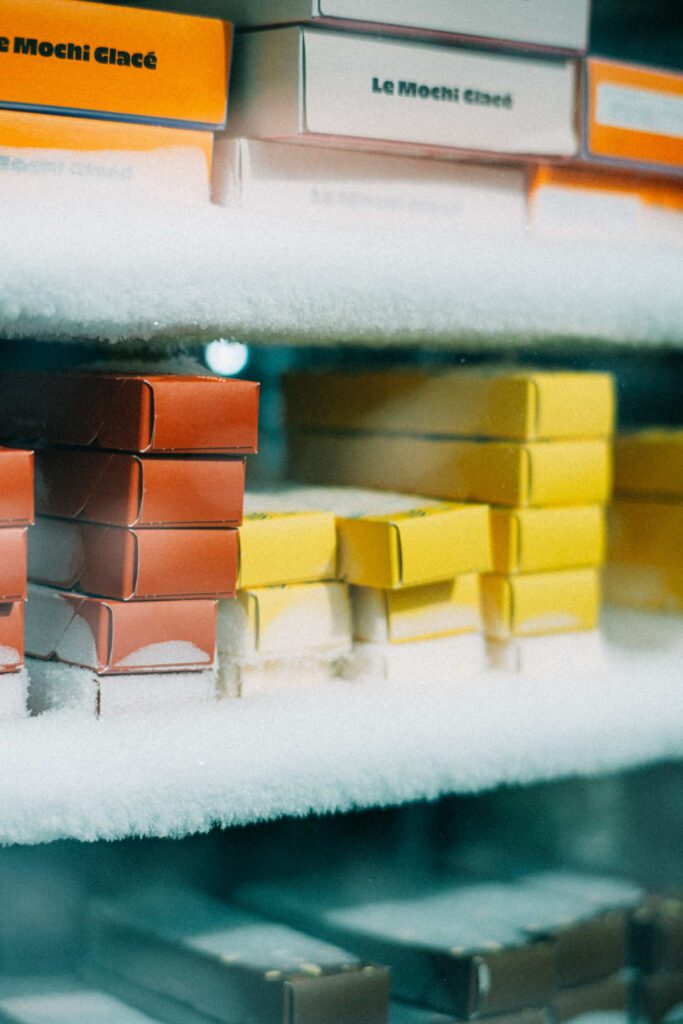
3. Label
Always label your frozen foods with the date of freezing. Most foods can be frozen for 3-12 months, but it’s best to consume them sooner for the best quality and to access the most nutritional value.
4. Thaw safely
It’s best to choose a safe thawing method that maintains the quality of your food and ensures it’s safe to eat. Avoid refreezing. While there may be rare situations where refreezing previously frozen food is necessary, it’s best to plan ahead and only thaw what you need to minimize potential risks and maintain the best quality of your food.
Understanding how to make the most of the freezing process and maintaining the right freezer temperature can significantly impact the quality of your preserved foods.
With these tips in hand, you’re well on your way to maximizing your food’s freshness and minimizing waste.
Fresh & Preserved Foods That Are Suitable for Freezing
Freezing is a fantastic way to extend the shelf life of many types of foods. But not all foods are created equal when it comes to freezing. Some handle the chill with grace, while others emerge from the freezer with their textures and flavours compromised.
– Fresh Foods That Can Be Successfully Frozen
Fruits
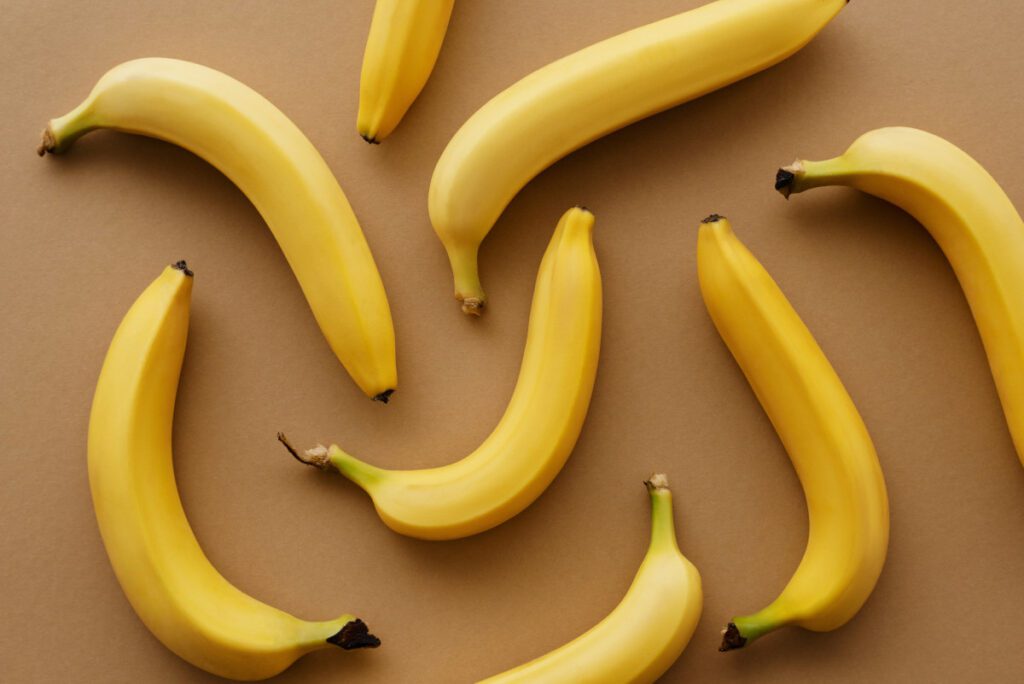
Most fruits freeze well. Berries, bananas, apples, peaches, and cherries can be frozen directly after washing and drying.
Citrus fruits can also be frozen, but it’s best to freeze them in slices or juice form as the texture can change after thawing.
Vegetables
Before freezing, most vegetables benefit from a quick blanching (briefly boiling and then plunging them into cold water) to preserve their colour, flavour, and nutritional value.
Some veggies that freeze well include peas, corn, bell peppers, broccoli, and spinach.
Herbs
Freezing is an excellent way to preserve the vibrant flavours of fresh herbs. By simply rinsing, drying, and storing them in airtight containers or freezer bags, you can extend their life for months.
Whether it’s basil, rosemary, or parsley, this method locks in its essence, ensuring you have a stash of fresh-tasting herbs ready to elevate your dishes at any time.
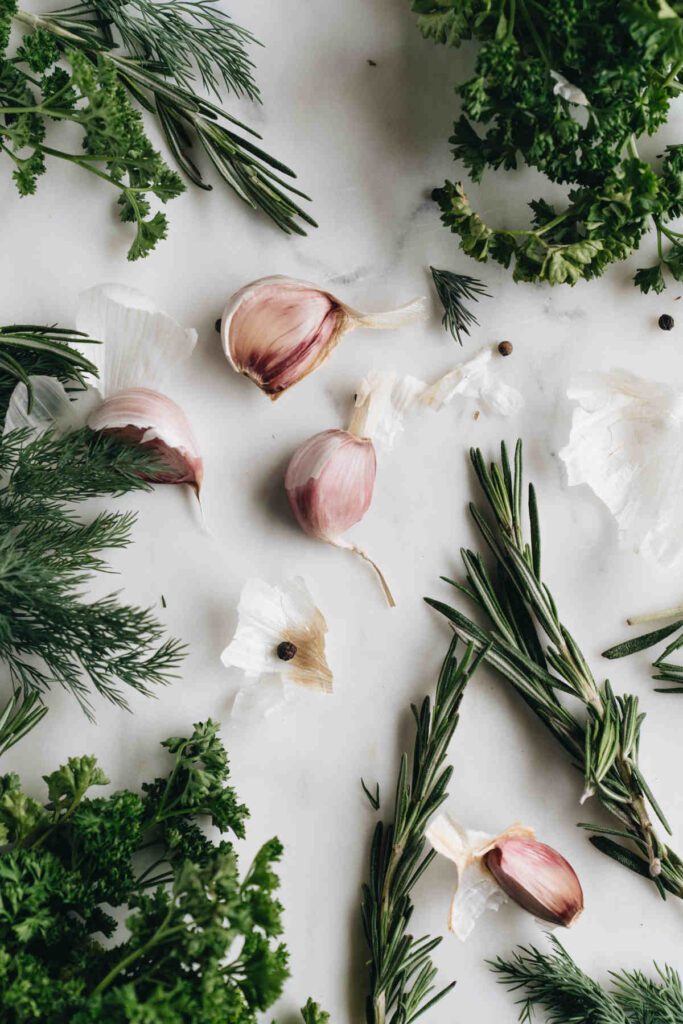
Aromatics
When it comes to preserving potent aromatics like garlic, ginger, lemongrass, and chillies, freezing truly shines.
These flavour powerhouses can be easily stored in the freezer, maintaining their robust taste for months.
Meat
Almost all meats can be frozen, including beef, chicken, pork, and fish. It’s best to freeze meats in airtight packaging to prevent freezer burn.
Also, keep in mind that raw meat and poultry maintain their quality longer than their cooked counterparts.
– Freezing Preserves
Jams and Jellies
These sweet spreads freeze wonderfully, extending their life beyond the typical fridge-stored jar. Their high sugar content helps maintain their consistency, even after thawing.
Be sure to leave some headspace in the jar to allow for expansion as the jam freezes.
Fruit Compotes
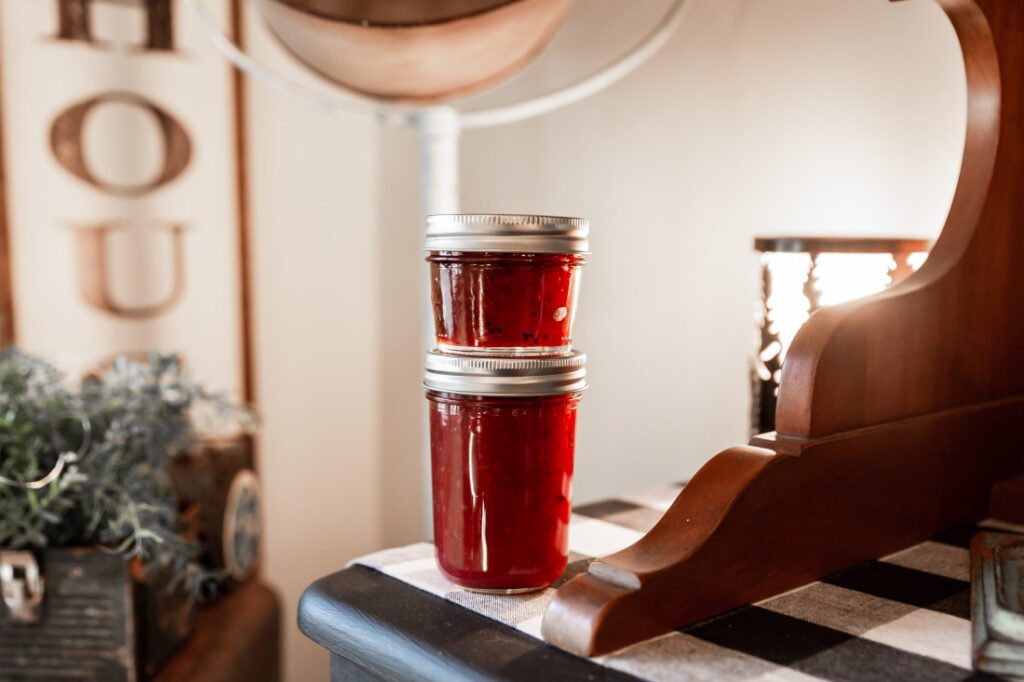
These sweet, cooked fruit mixtures hold up well in the freezer and can be used later as a topping for desserts or breakfast dishes.
Cordials
Homemade fruit cordials can be frozen for future use.
Just remember to leave enough room in the container for the liquid to expand as it freezes. Or consider freezing it in ice cube trays for easy portioning. You can then store the frozen blocks in a zip-lock freezer bag to free up the ice-cube tray.
Pesto
Pesto freezes beautifully. Consider freezing it in ice cube trays for easy portioning.
Chutneys
Most chutneys, with their balance of sweet and sour flavours, freeze well. They can become a bit watery on thawing so stir well once thawed to improve the overall texture.
Stock
Homemade stocks are another great candidate for freezing. Freeze them in small portion sizes for convenience. Ice cube trays work perfectly for this purpose; once frozen, you can transfer the cubes to a freezer bag for easy storage.
Food Items That Don’t Freeze So Well
Not everything is meant for the deep chill. Some foods don’t freeze well because their texture changes significantly, they become watery, or they lose their flavour. Here are a few examples:
High-water content vegetables
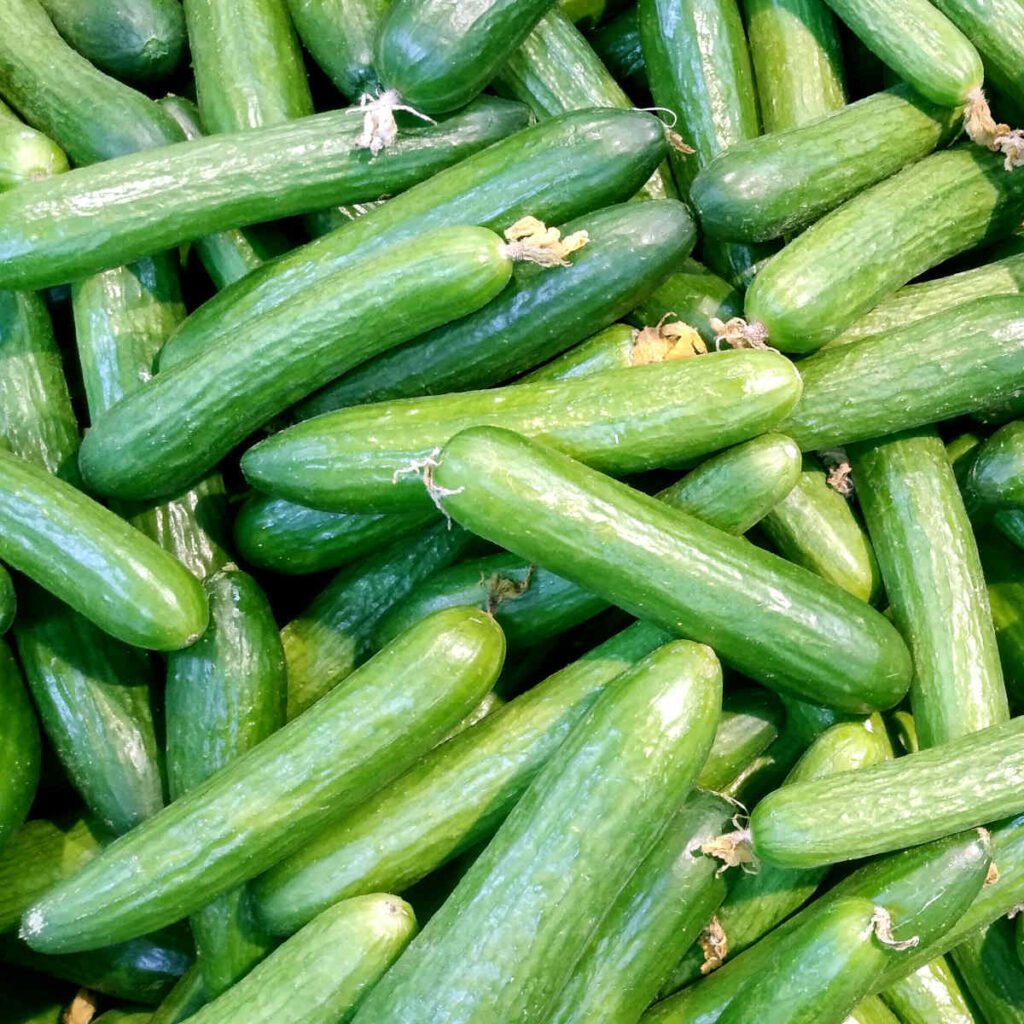
Cucumbers, lettuce, radishes, and sprouts become limp and watery when thawed.
This is because the ice crystals that form during freezing rupture the cell walls of these vegetables, leading to a soft and mushy texture upon thawing.
Pickles
The texture of pickles can become soft and mushy when frozen and then thawed because of their high water content.
Drinking Shrubs
These vinegar-based syrups may separate when frozen.
While they’re safe to consume after thawing and mixing, their texture might change.
Fermented Preserves
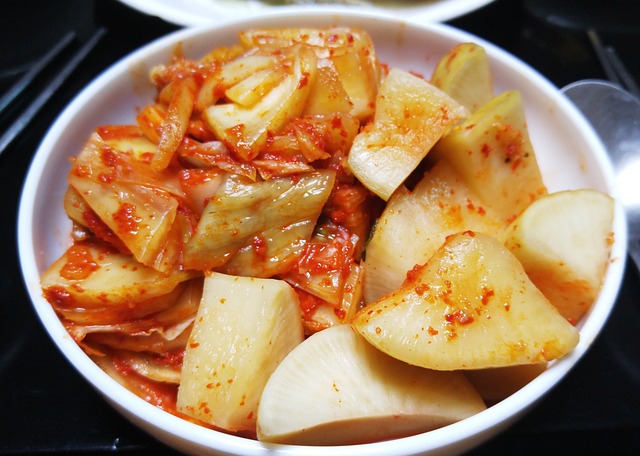
Freezing can kill some of the beneficial bacteria in fermented foods like sauerkraut and kimchi, which might affect their flavour and health benefits.
Dried Preserves
Drying is a method of preservation on its own, and freezing dried fruits or vegetables can cause them to absorb moisture and become soggy.
Certain Condiments
Mayonnaise, salad dressings, or cream-based sauces can separate and become watery when frozen and then thawed due to their emulsion breaking down.
Certain Fresh Herbs
Delicate herbs like basil, parsley, and chives can become limp and lose their vibrant colour when frozen.
However, they can still be used in cooking where their texture won’t matter as much.
While freezing is a great preservation method for many foods, it’s always important to remember that not every food is well-suited to this process.
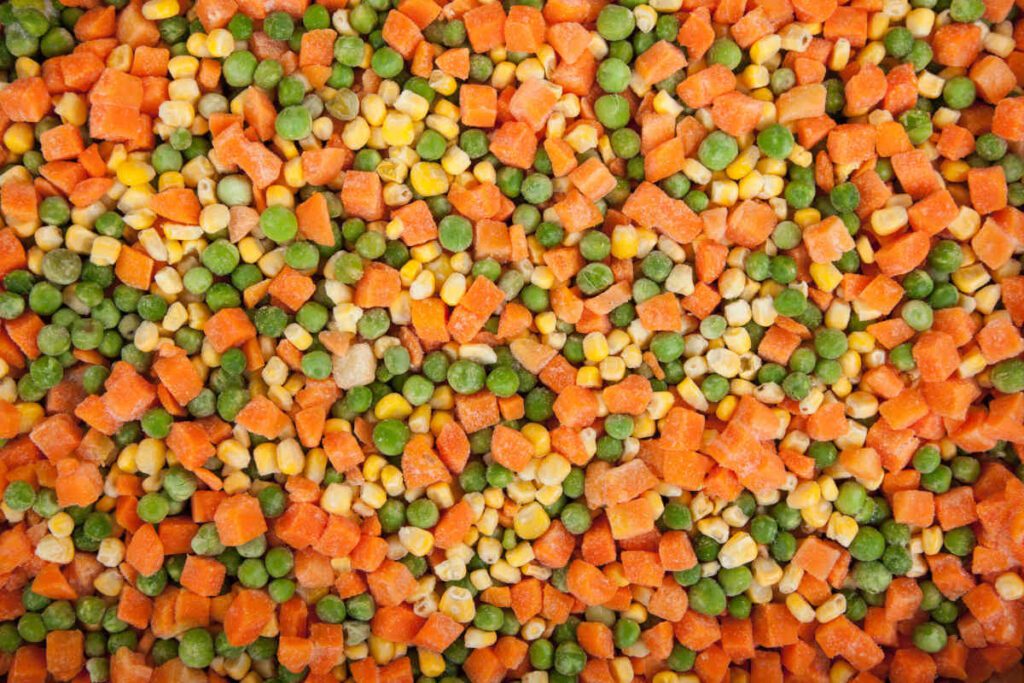
And there you have it, the journey through the frosty landscape of freezing foods for preservation. Hopefully, this exploration has not only expanded your knowledge but also inspired you to see your freezer as more than just a storage space. It’s a tool, a time capsule, and a gateway to preserving and enjoying the flavours of different seasons all year round.
So, go ahead and experiment, and most importantly, enjoy the process. After all, freezing food is not just about prolonging its life, but also about maximizing the joy and convenience it brings to yours. Go freezing!